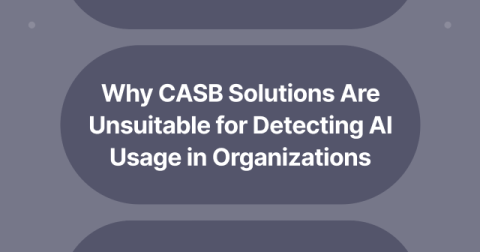The Future of Cybersecurity: Insights and Predictions for 2025
2024 marked a transformative shift in cybersecurity with AI-driven solutions leading the charge. As the industry evolves, the stage is set for further advancements in automation, resilience, and governance in 2025, shaping a more secure and dynamic digital landscape.











